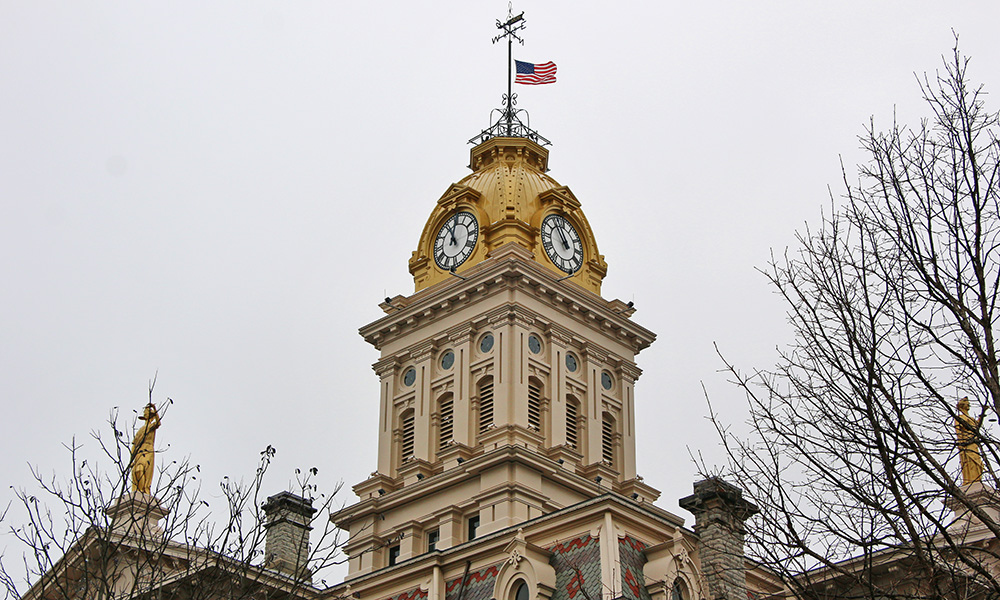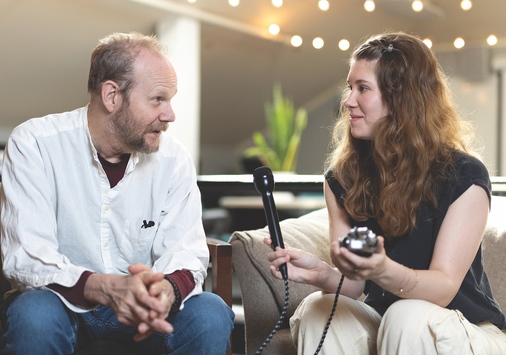
Sarah Barney’22 and Smelanda Jean-Baptiste ‘21 are completing a narrative journalism concentration in addition to their majors in environmental studies and geoscience, and anthropology and sociology, respectively.
They recently reported in the Newark Advocate a remarkable story of Gertrude Dorsey Brown, a Black writer at the turn of the 19th century.
Their reporting begins:
In the summer of 2017, a group of women stumbled upon a bit of mystery as they gathered in Licking County Library for their weekly book club meeting. They were there to discuss a story, a witty romance titled “An Equation,” by Gertrude Dorsey Brown originally published in 1902.
The biographical information on her was sparse, tucked into the last pages of the anthology of stories by African American women writers they were reading. A short entry noted, though, that she was from Newark, Ohio. This sparked excitement and curiosity. Brown’s life was unknown by any in the room and, soon, they would discover, by most in Licking County.
Originally founded to help people get their GED, the club lasted from 2016 to 2018 and eventually expanded to include a mix of women—some in recovery from addiction, some who had been incarcerated, some from the local churches, but all bonding over life and books. Short-lived but time well-spent together, the group enjoyed talking, joking, eating, and reading stories from or about African American women.
The group’s common denominator was social justice. They read Orange is the New Black, Wonder, Hidden Figures, I Know Why the Caged Bird Sings, and Great Short Stories by African-American Writers—to their surprise, that last selection led to some amazing discoveries.
“[Gertrude Dorsey Brown] was a person who could connect us with the past, and with the future,” says Caroline Cook, a book club member who has been especially interested in re-discovering Brown’s writing.
Another member, Kandice Hairston, says of their investigation into Brown’s life, “It was like [being on] a treasure hunt and finding the Hope Diamond.”














